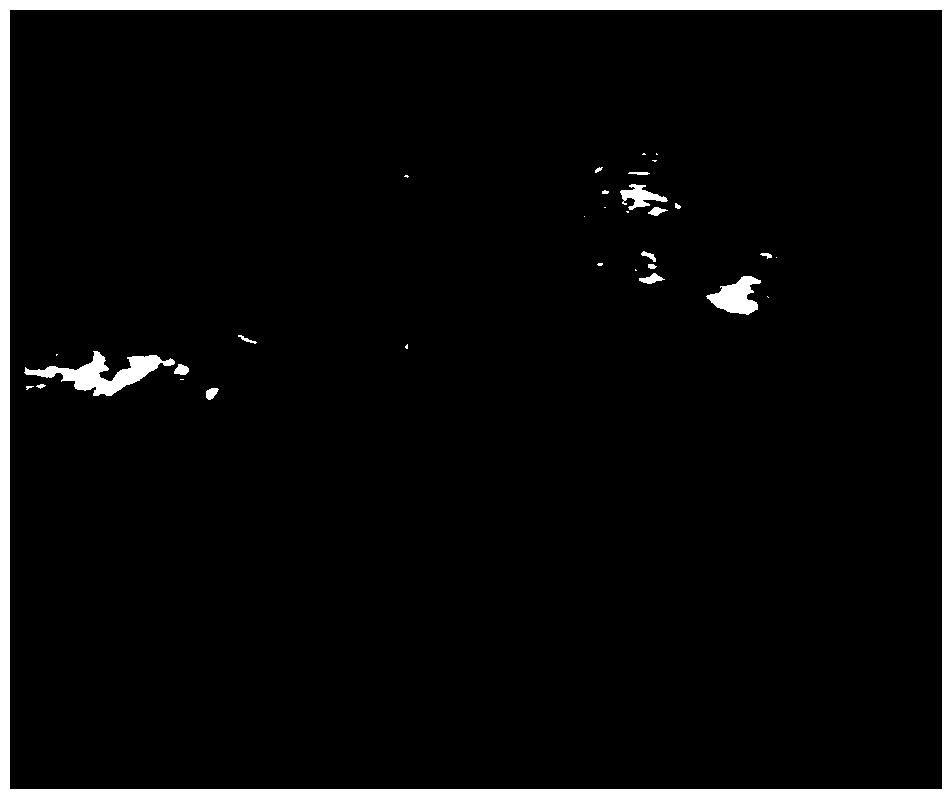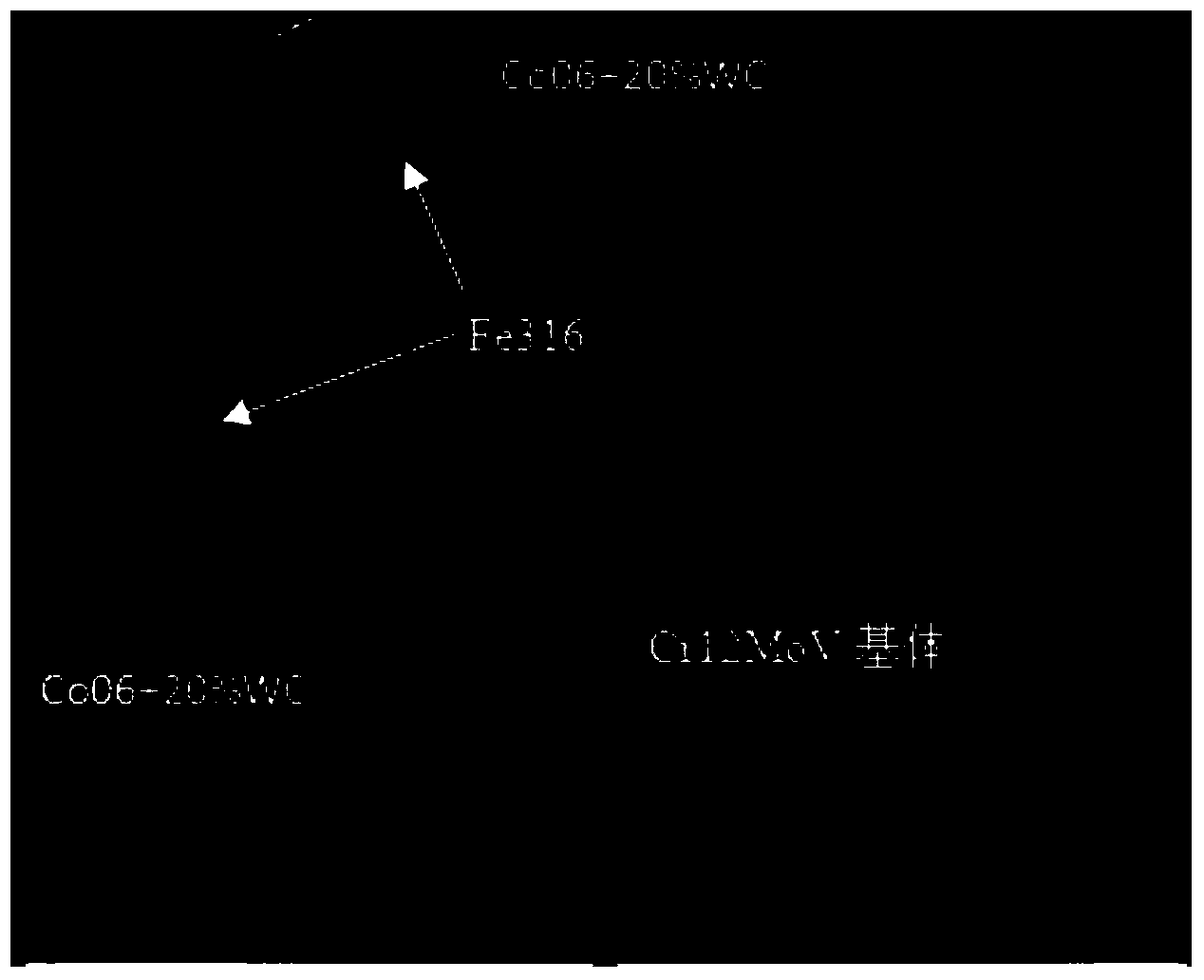Cr12MoV cold stamping mold laser repair technology using cobalt-based tungsten carbide as fusion covering alloy
A cobalt-based plus tungsten carbide, laser repair technology, applied in the direction of metal material coating process, coating, etc., can solve the problem that the hardness and wear resistance of the cladding layer cannot meet the production requirements, nickel-based alloy and tungsten carbide hard phase. Poor compatibility, unsuitable for complex mold repair, etc., to achieve the effect of improving resource utilization, dense organization, and small processing volume
- Summary
- Abstract
- Description
- Claims
- Application Information
AI Technical Summary
Problems solved by technology
Method used
Image
Examples
Embodiment 1
[0038] The cutting edge of the mold is the most prone to failure. The surface of the cutting edge of Cr12MoV cold stamping die steel with a length of 50mm, a width of 12mm, and a thickness of 11mm is repaired by laser cladding (the surface has wear marks with a thickness of 1mm). The final dimensions are 50 x 12 x 12mm workpieces. The Cr12MoV stamping die laser repair process with cobalt base plus tungsten carbide as the cladding alloy is adopted. The specific process steps are:
[0039] (1) Use a grinder to clean surface defects on one side of the Cr12MoV mold steel workpiece in the length direction, and remove surface wear marks, oil stains, etc.;
[0040] (2) Use LDF4000-100 fiber-coupled semiconductor laser, adjust the equipment, use Fe316 alloy powder as the bottom layer, 200g of the alloy powder has been dried at 150°C for 2 hours, adjust the laser power to 3.6kW, and the cladding speed is 3mm / s, laser primer cladding, cladding layer thickness is 1mm, during the claddin...
Embodiment 2
[0047] Laser cladding is performed on both sides of the Cr12MoV cold stamping die steel cutting edge (seriously worn) with a length of 30mm, a width of 30mm, and a thickness of 12mm, so that the cutting edge meets the standard size requirements. The Cr12MoV stamping die laser repair process with cobalt base plus tungsten carbide as the cladding alloy is adopted. The specific process steps are:
[0048] (1) Use a grinder to clean the surface defects on both sides of the Cr12MoV mold steel workpiece in the vertical direction in the length direction, and remove surface wear marks, oil stains, etc.;
[0049] (2) Use the LDF4000-100 fiber-coupled semiconductor laser, adjust the equipment, and perform laser cladding on the wide side first, and use Fe316 alloy powder as the primer layer. 300g of the powder has been dried at 150°C for 2 hours before use, and adjusted The laser power is 3.6kW, the cladding speed is 3mm / s, and the laser cladding is used as a primer. The thickness of the...
PUM
| Property | Measurement | Unit |
|---|---|---|
| thickness | aaaaa | aaaaa |
Abstract
Description
Claims
Application Information
 Login to View More
Login to View More - R&D
- Intellectual Property
- Life Sciences
- Materials
- Tech Scout
- Unparalleled Data Quality
- Higher Quality Content
- 60% Fewer Hallucinations
Browse by: Latest US Patents, China's latest patents, Technical Efficacy Thesaurus, Application Domain, Technology Topic, Popular Technical Reports.
© 2025 PatSnap. All rights reserved.Legal|Privacy policy|Modern Slavery Act Transparency Statement|Sitemap|About US| Contact US: help@patsnap.com



